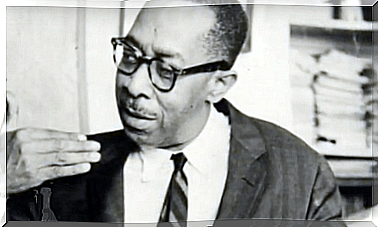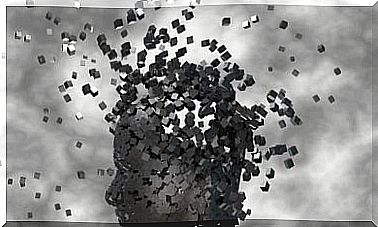Do You Know The Haunting Valley Theory?
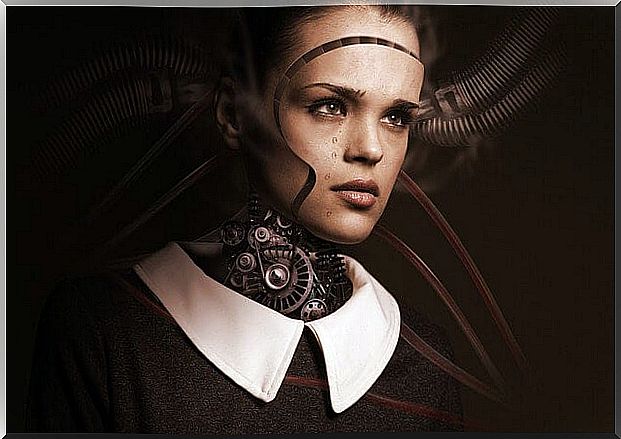
“When computers take over, we may not get it back. We will survive according to his whim ”. What do you think when you read this phrase by Marvin Minsky, father of artificial intelligence? Does it make you feel uneasy? That feeling is justified, but according to the haunting valley theory, it may be psychologically justified.
Today’s world is developing at an enormous speed. Any smartphone that we carry in our pocket today is more powerful than the computers that took man to the moon. Obviously, all this creates important advances, but it also arouses certain misgivings. And it is that the speed at which technology advances is very great.
What is the haunting valley theory?
New technologies allow us actions that years ago we could not even dream of. In fact, there are already fully artificial robots and animated beings that have truly human appearances. If this type of ‘beings’ cause you some suspicion, it is not strange, it is a sensation that explains the theory of the disturbing valley.
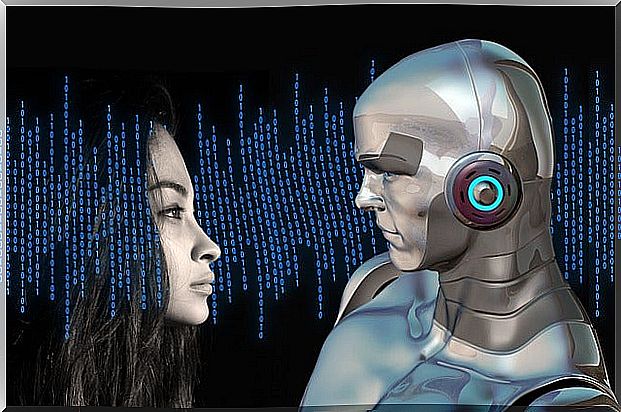
According to Professor Masahiro Mori, who promulgated this theory in 1970, the more a robot resembles us, but is still able to appreciate the difference, the more empathetic our response will be, to the point that it can be one of powerful rejection. However, if we are unable to distinguish a robot from a human, our response will be more positive. So there is a kind of ‘pothole’ or ‘space’ in which we respond to those beings with a very strong rejection.
This theory was promulgated by Mori in 1970, when he was studying human reactions to robotics. The figure of artificial intelligence and robots strangely similar to men and women, but clearly distinguishable, provoke a great rejection, as happened in 1988 with a Pixar short film, “Tin Toy”. The baby in the story was too similar to a real one, but not close enough to elicit a positive reaction.
Theories around the haunting valley
To this day, no one has been able to explain for sure why this rejection occurs. However, various researchers have proposed theories that could contain an answer, the answer.
The most accepted is proposed by Thalia Wheatley, a psychologist at Darhmout College. According to this professional, our brain has a stimulus evaluation system whose programming prevents us from selecting couples with health problems. That is, if we observe in someone or ‘something’ any indication that it is not suitable for reproduction, our brain would interpret it as a danger to the preservation of the species.
According to Wheatley’s research, the evolutionary history of the human being has been fine-tuned so that we can detect very small distortions. Once located, a certain restlessness is created around that being, who may have physical or mental problems. Such concern could explain the existence of the haunting valley in the form of a natural response to perpetuate the species.
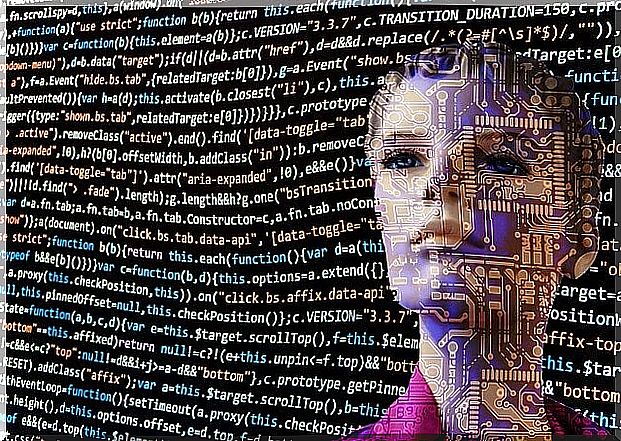
Criticisms of the theory
This means that our brain could associate the appearance of an almost human android, but not perfectly human, with a being with a serious illness, even dead. That is why our negative reaction is activated.
However, a theory that may even seem logical has its detractors as well. Many specialists in robotics, such as the case of Ayse Saygin, a cognitive scientist who researches at the University of California, emphasizes that android technology is not yet sufficiently developed.
It means, then, that this theory does not have sufficient scientific basis to affirm the existence of the aforementioned disturbing valley. So that feeling could be simple cognitive dissonance. That is, by observing human-like characteristics, such as facial expressions and behaviors, certain expectations are created in the brain. By not being satisfied, dissonance is generated. Be that as it may, this theory, regardless of whether it is real or not, affects the possibility that we can know in greater depth how human empathy works.
Now what do you think? Do you feel that unease when you look at an excessively human-like machine? If so, perhaps you are agreeing with Mori and his haunting valley theory. Whatever it is, it’s unsettling to think about, right?

